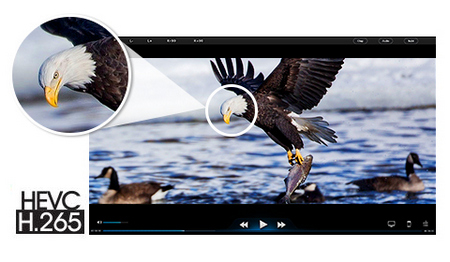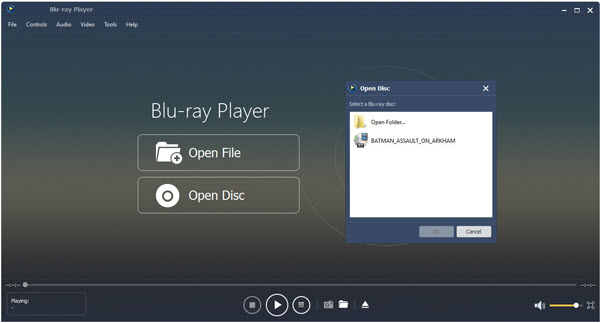

The file, which I realise I haven't shared, has a lot of very complex motion in it, and is high-resolution, so combined with a test that is relative, comparisons should be able to be made. It doesn't matter what I think about Prores or h264, my GH5 won't grow Prores support regardless of how much I like it, so this investigation was to answer the question about how bad it is to have h264 instead of Prores support in your camera. Normally these codecs are discussed in terms of digital intermediaries, or delivery formats, but in todays cameras they are acquisition formats. If there is too much motion in the timelapse it turns into a blocky mess on YouTube. Timelapses are another place where I've seen YouTube completely destroy my footage. I would imagine in that scenario ALL-I would be better but I have not tested it. For example, I live in FL, and frequently film drone footage over water.H.264 completely falls apart when water is involved especially waterfalls because no two frames are alike. I would also imagine the quality differences would be more apparent when a lot of things change between frames. I think with any of these compression codecs if you turn up the bitrate high enough or reduce the compression ratio far enough they will eventually all look the same, but when you are editing them in post your CPU, GPU, and NLE will definitely be affected by how much information is missing between frames.

I think the biggest difference for most of these codecs is how easy or hard it is on your CPU and GPU when editing. The UHD 10-bit 422 400Mbps ALL-I mode is likely to be roughly equivalent to UHD Prores 422 which is 471Mbps
#H.265 player os x 1080p#
The 1080p 10-bit 422 200Mbps ALL-I mode is likely to be roughly equivalent to 1080p Prores HQ which is 176Mbps I guess the real question is, how much h264 do you have to have to equate to Prores? The answer seems to be "about the same bitrate, but probably a little less for an ALL-I codec, and a little less bitrate again if it's an IPB". maybe that's important for this topic?)ĭifferent encoders have different levels of quality, so what's in a given camera is likely to differ from these results Prores isn't that much worse in terms of quality vs compression than h264 or h265, despite being an older codec (although maybe there are versions? I have no idea how prores works. In Resolve, H264 seems to top out, as I couldn't get it to export at more than about 400Mbps IPB, but ffmpeg went higher than that quite happilyĪLL-I h264 doesn't seem to be that different than IPB, at higher bitrates anyway - slightly lower quality and slightly higher file size, but not the 3x I've read around the place Here are some observations / thoughts, and some answers to some questions I'd had: Then I compared the compressed clips with the uncompressed reference file, which gives a score called SSIM, which goes from 1 (a perfect match) downwards. Common wisdom online is that Resolves h265 export mechanism isn't the best and you should use ffmpeg anyway. I tried rendering h265 from Resolve but had issues, and in this test all the maximum bitrates I tried all created the same size file, so I abandoned that. Then I rendered a bunch of clips, either h264 from Resolve, or h264 and h265 from ffmpeg. After some tests and seeing the file sizes and processing times, I decided to only use the first 12s of the timeline. Then I exported an uncompressed 10-bit 422 YUV file to use as a reference. So we have a test clip that was shot RAW (maybe compressing already compressed footage is easier? I don't know, anyway.), that includes decent movement but isn't some stupid test case that means nothing in real life, that doesn't repeat (because the clips are different lengths), and has some deliberately almost crushed blacks to test the pixelation that h264 and h265 sometimes get in the shadows. What I did was take a few shots from the BM Micro Cinema Camera shot in uncompressed RAW of a tree moving in the wind, and made a single UHD frame by putting them in each corner, like this:Īlso, they were of different lengths, so I just repeated each one, like this: I couldn't find any comparisons, so I did some myself. There's lots of bitrates on offer too, 50Mbps, 100Mbps, etc.

Some cameras shoot RAW and Prores, and some shoot h264 and a few shoot h265.


 0 kommentar(er)
0 kommentar(er)
